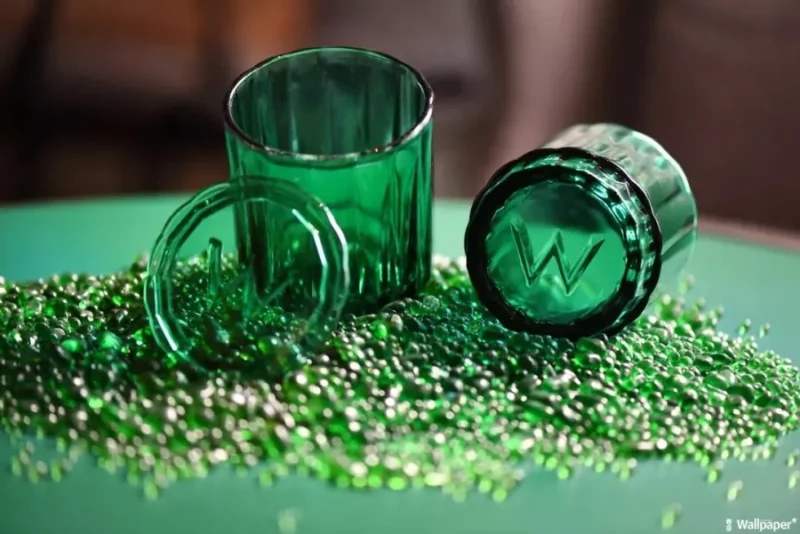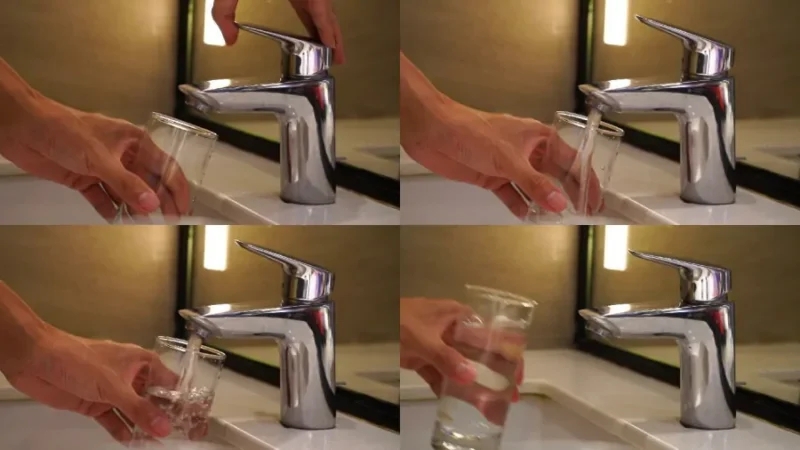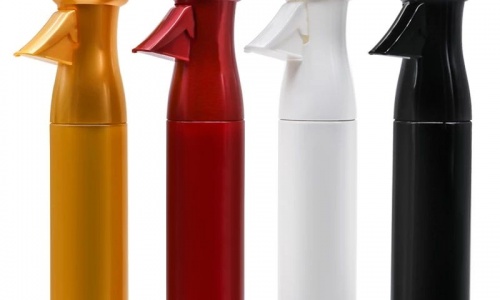Glass is a widely recyclable material, yet the recycling focus often revolves around glass bottles rather than glass cups. This article aims to shed light on the reasons behind this disparity, exploring the intricacies of glass recycling, the challenges it poses, and the unique considerations surrounding different glass products.
Understanding Glass Recycling

Glass recycling plays a vital role in reducing waste and conserving resources. However, not all glass is created equal regarding recycling. Glass bottles and jars are commonly recycled due to their composition and standardized collection processes. These items are typically made from soda ash, sand, and limestone, which form a type of glass ideal for recycling.
The Complexities Of Glass Cups

Recycling facilities typically use color sorting to separate glass based on hues. Clear, green, and brown glass bottles and jars are easier to sort and recycle efficiently. Glass cups come in a broader range of colors, patterns, and designs, making them more challenging to process in recycling facilities. The diversity in glass cup aesthetics adds complexity to the recycling process, making their recycling less feasible
Consumer Behavior And Collection Programs

Another factor contributing to the recycling disparity lies in consumer behavior and recycling programs. Consumers often prioritize recycling glass bottles due to their association with beverages, while glass cups, often used for dining or decorative purposes, may receive different recycling attention. Additionally, recycling programs may focus on high-volume recyclables like bottles and jars, making it more challenging for cups to find a place in single-stream recycling systems
Reuse And Donation Opportunities
Glass cups can find alternative recycling paths through reuse or donation despite the challenges. Drinking good-quality glasses can be donated to charities, thrift stores, or repurposed for other functions. Encouraging reuse and donation can extend the lifespan of glass cups, reducing the need for recycling
The distinction between recycling glass bottles and glass cups stems from the complexities surrounding different glass products. While glass bottles and jars enjoy widespread recycling due to their composition and standardized collection systems, glass cups present challenges related to additives, treatments, sorting, and consumer behavior. Exploring reuse and donation avenues for glass cups can help mitigate their recycling limitations, reducing waste and preserving resources.
By understanding the intricacies of glass recycling and embracing alternative solutions, we can collectively work towards a more sustainable approach, ensuring that all glass products, including cups, contribute to a circular economy.






